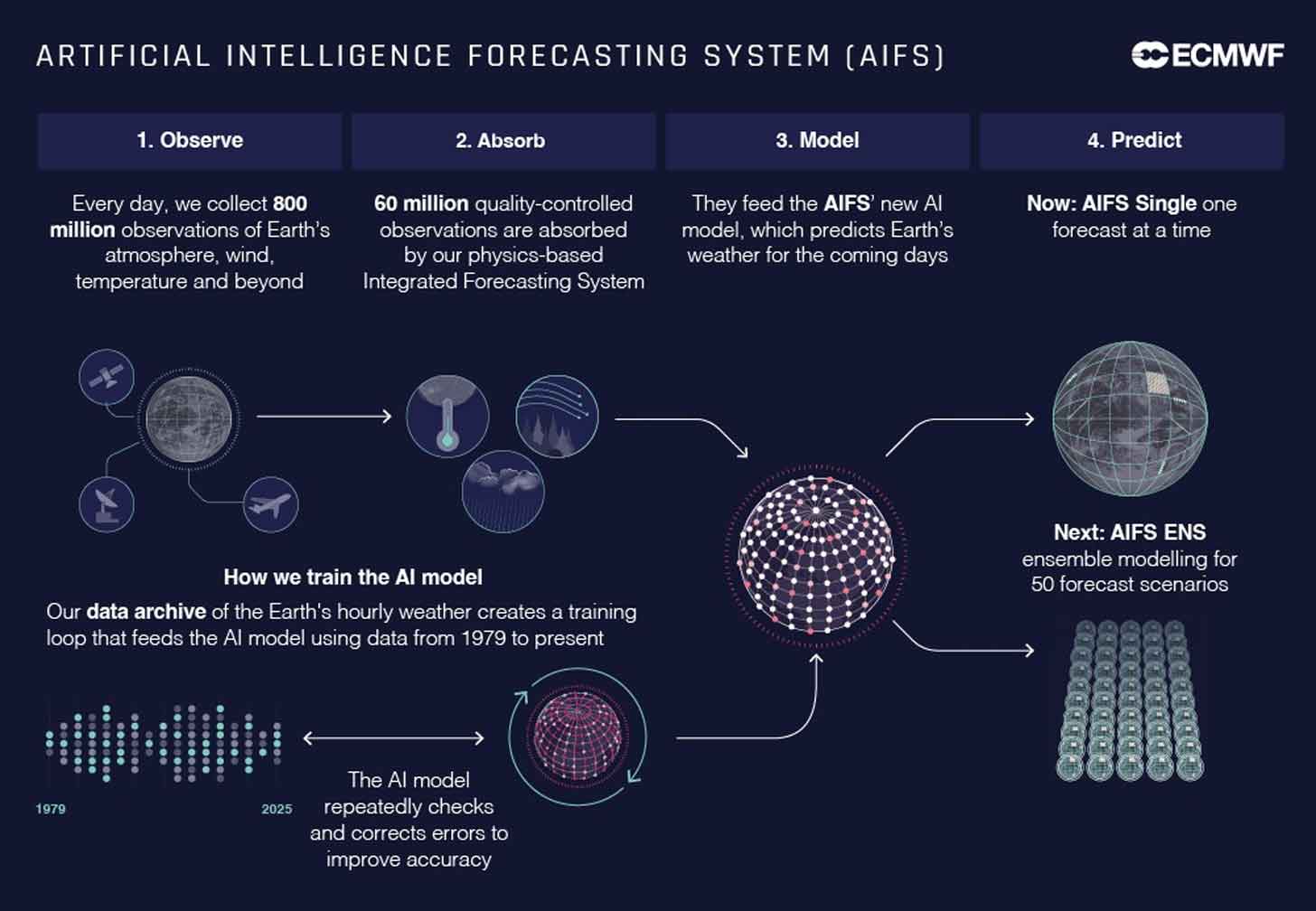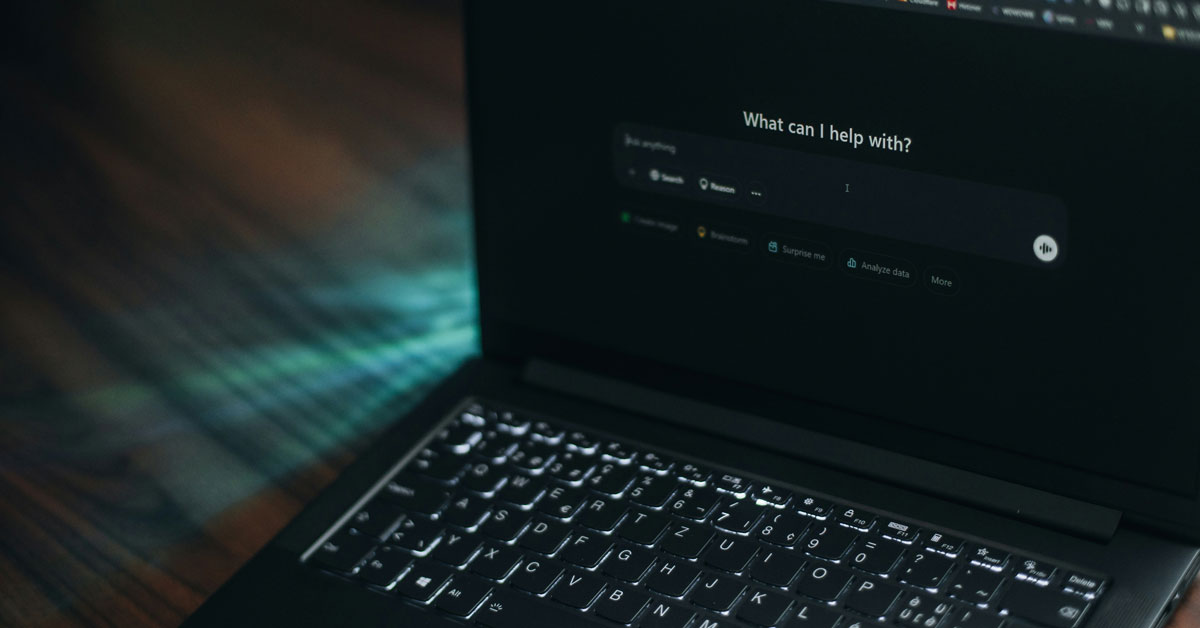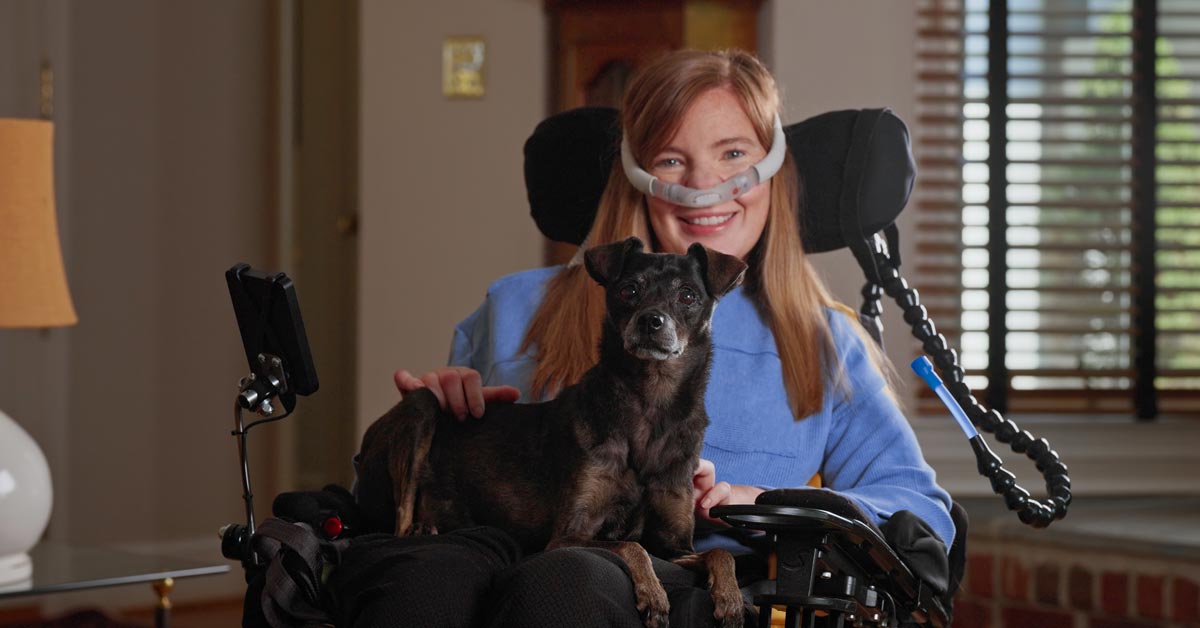Amid reports of chatbot-induced psychosis, (alleged) climate crimes committed in the name of technological advancement, and an influx of students using artificial intelligence to cheat in school, it can be hard to see the silver lining of AI development.
Certainly, regulations are necessary to forge a safe and equitable path forward with this new technology, but it’s also worth noting that AI can and is used in ways that really do help people and the planet.
Here are five such cases.
Protecting Indigenous languages
Of the 4,000 Indigenous languages worldwide, one dies every two weeks with its last speaker.
Michael Running Wolf, the founder of Indigenous in AI, says that within the next five to 10 years, most Native American languages in the United States will be gone for good.

He has dedicated his career to preventing that tragic loss, leading the First Languages AI Reality project, an institute of the Mila-Quebec Artificial Intelligence Institute.
Along with other researchers, he is building speech recognition models for over 200 endangered Indigenous languages in North America.
“Traditionally, AI assumes that data is proprietary, and that can be harmful for Indigenous communities,” Running Wolf told NBC News.
“We want to demonstrate that we can succeed in our mission of reclaiming Indigenous languages ethically with ethical AI protocols.”
Supporting doctor-led diagnoses
Nearly every day, a new report comes out surmising AI’s ability to diagnose — or maybe even cure — the diseases that plague humanity.
This shows great promise, but for doctors who spoke to the Harvard Gazette, the best current use case for AI is as a well-trained assistant.
Harvard doctors say AI’s support in note-taking and summarization, often called “ambient documentation,” could provide tremendous support to physicians facing burnout and provide patients with better face-to-face support.

AI models can listen in on visits, record everything said and done, and generate an organized clinical note in real time. It can also suggest diagnoses and courses of treatment, which doctors would review for accuracy.
While a recent randomized clinical trial, published in JAMA, found that the use of a large-language model did not significantly enhance diagnostic reasoning performance compared with conventional approaches, models trained in diagnosing can still support doctors.
“The best way a doctor could use it now is for a second opinion, to second-guess themselves when they have a tricky case,” Adam Rodman, assistant professor at Harvard Medical School and co-author of the trial, said.
“How could I be wrong? What am I missing? What other questions should I ask? Those are the ways, we know from psychological literature, that complement how humans think.”
Predicting weather like never before
In February 2025, the European Centre for Medium-Range Weather Forecasts adopted its Artificial Intelligence Forecasting System into operations for 35 member and cooperating states in Europe.
It runs alongside traditional physics-based forecasting systems, though it outperforms those traditional models by up to 20%. The AIFS also offers weather forecasting at an increased speed using approximately 1,000 times less energy.
The AIFS is fed data from 60 million quality-controlled observations from satellites and Earth-based stations, and then assesses how the initial conditions will influence the weather for the coming days.

It also creates a collection of 50 different forecasts with slight variations to provide a full range of possible scenarios.
“This milestone will transform weather science and predictions. It showcases our dedication to delivering a machine learning forecasting model that pushes the boundaries of efficiency and accuracy, and it underscores our commitment to harnessing the power of machine learning for the weather forecasting community,” ECMWF’s director-general, Florence Rabier, said in a statement.
“35 nations are working together to advance weather science to improve global predictions. This is to help national meteorological agencies in their work to contribute to a safe and thriving society.”
Restoring historic art without damaging it
Restoring historic paintings has long been a costly and detailed task done by hand. It has also brought up ethical concerns, as directly retouching a piece of art might detract from a painter’s original vision.
Some institutions have started restoring artwork virtually and presenting it next to an untouched, physical version. But curators and restorationists say this lacks the same glory as the real piece, too.
MIT engineering graduate student Alex Kachkine used AI to find a solution somewhere in the middle.

His new approach can achieve a faithful restoration in just hours by using AI to create a digital version of what the freshly painted artwork would have looked like.
Kachkine’s software assembles a map of the retouches and their exact colors, and then the map is printed on two layers of thin, transparent polymer film.
This film is attached to the painting with a conventional varnish and aligns the retouches so that the rest of the original artwork remains visible.
“[It] is a restoration process that saves a lot of time and money, while also being reversible, which some people feel is really important to preserving the underlying character of a piece,” Kachkine told Nature.
“This approach grants greatly increased foresight and flexibility to conservators, enabling the restoration of countless damaged paintings deemed unworthy of high conservation budgets.”
Providing learning resources to children in rural areas
UNESCO, an agency of the United Nations dedicated to expanding world peace through education, science, and the arts, has long worked with governments and education systems to provide children the support they need to thrive.
In Malawi, Zambia, and Zimbabwe, the organization has recently worked with teachers and local Ministries of Education to develop chatbots that act as a “study buddy” for learners to interact with on WhatsApp before an exam.

In conjunction with a teacher planning application, the AI models are trained using teacher guides, educational pedagogical theory, and national curriculum documents so that all lesson plans and study chatbots are informed by a country’s educational aims.
The results have been adopted by over 3,000 users since 2024.
“These [technologies] extend to hard-to-reach youth often left behind from life-saving information,” Don Tererai, a UNESCO health and education digital specialist, said, “including young people living with disabilities, in conflict or humanitarian crisis settings, and living with HIV, among others.”
You may also like: AI is listening to the wolves of Yellowstone National Park. Experts say it could help the population rebound
A version of this article was originally published in The 2025 Technology Edition of the Goodnewspaper.



